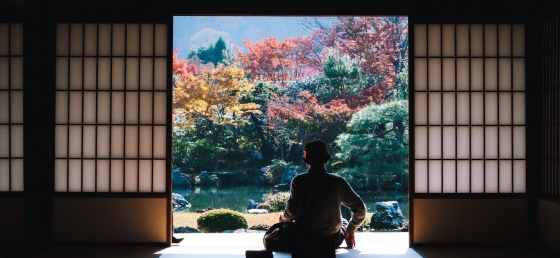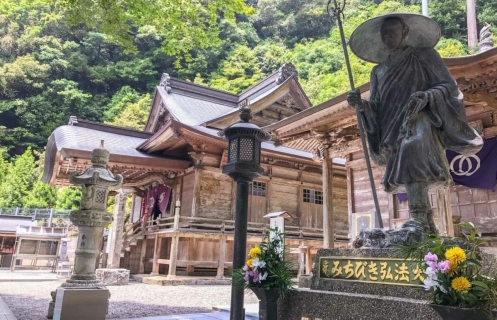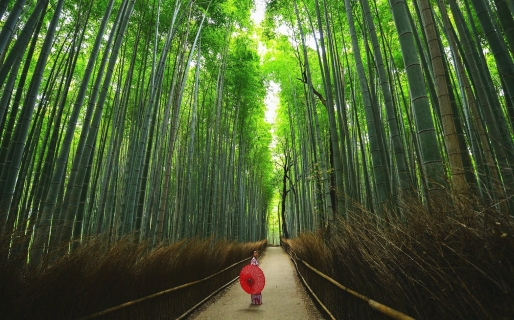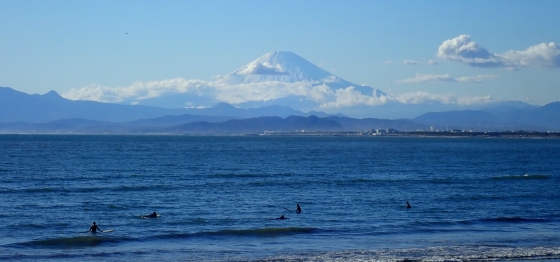Kurobe Temperatures: Monthly Averages and Year-Round Insights
On this page, weâll explore Kurobeâs temperature statistics in detail, including day and night variations and monthly averages. Weâll also compare the annual temperature to other cities in Japan.
Monthly Temperature Averages
In Kurobe, temperatures can shift dramatically between warm in summer and cold in winter. On average, maximum daytime temperatures range from a warm 29ÂḞC in August to a cold 5ÂḞC in February. Nighttime temperatures can drop, with averages reaching -0ÂḞC in February.
The chart below illustrates the average maximum day and minimum night temperatures in Kurobe by month:
The coldest temperatures are usually recorded between 4 AM and 6 AM, while the hottest temperatures occur near 3 PM, at the peak of the sun's warmth. August, the cityâs warmest month, receives 198 hours of sunshine.
The chart below shows the average temperature throughout the year:
February, the cityâs coldest month, sees about 215 mm of rainfall spread over roughly 25 days. It records 89 hours of sunshine of sunshine.
Annual Temperatures in Japan Compared
The map below shows the annual temperature across Japan. You can also select the different months in case you are interested in a specific month.
 very warm
very warm
 warm
warm
 pleasant
pleasant
 moderate
moderate
 cold
cold
 very cold
very cold
Kurobe Temperatures Compared World Wide
Kurobeâs average annual maximum temperature is 17ÂḞC. Letâs compare this with some popular tourist destinations:
In Barcelona, Spain, the average annual temperature is around 21ÂḞC, resulting in warm summers and mild winters throughout the year.
In contrast, in Oslo, Norway, the average annual temperature is significantly lower at 10ÂḞC, with mild summers and cold winters.
Osaka, Japan, offers a similar climate to Tokyo, with an average annual temperature of 22ÂḞC.
In Tokyo, Japan, the average annual temperature is 21ÂḞC, expect warmer summers and milder winters.
How are these Temperatures Measured?
Generally, temperature data depicting climate is usually given over a 30-year average in order to reduce short-term fluctuations and reveal better long-term trends in climate conditions.
This temperature data is taken from land-based thermometers, ocean buoys, ships, and satellites. These measurements are transmitted to weather stations and climate centers around the globe where they are processed, averaged, and analyzed in order to monitor the trends and create climate models.
Temperatures in the Mountains
Although not all regions have mountains, elevated areas exhibit distinct temperature variations.
- Sun Exposure: Sunlit slopes tend to be warmer, while shaded areas remain cooler.
- Altitude Effects: Temperatures drop by approximately 6ÂḞC for every 1,000 meters of elevation, creating distinct microclimates.
For more detailed information about Kurobeâs weather, including monthly rainfall, sunshine hours, and humidity levels, visit our Kurobe climate page.
Current temperature in Kurobe
broken clouds and small chance of slight rain
partly cloudy and rain
broken clouds and rain




